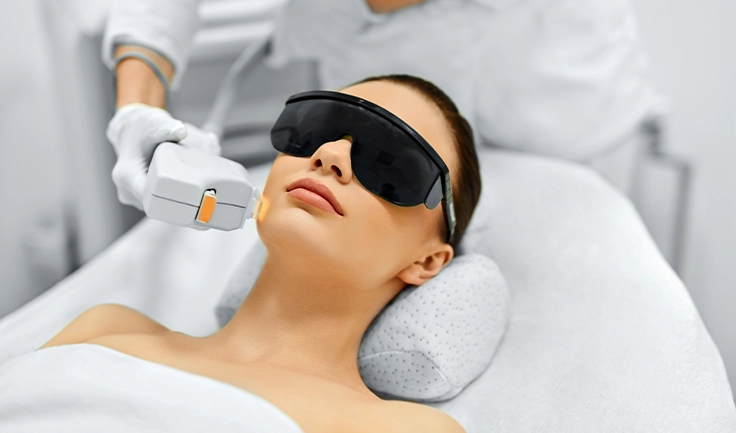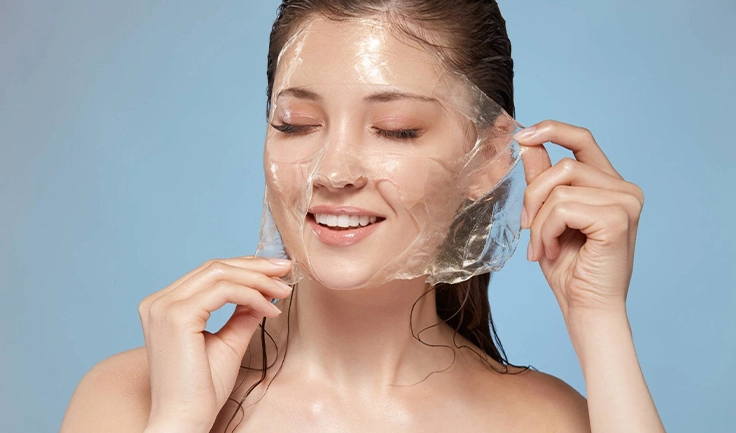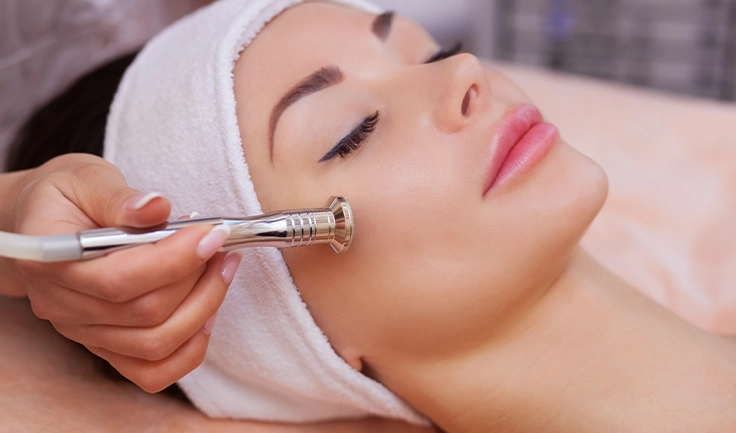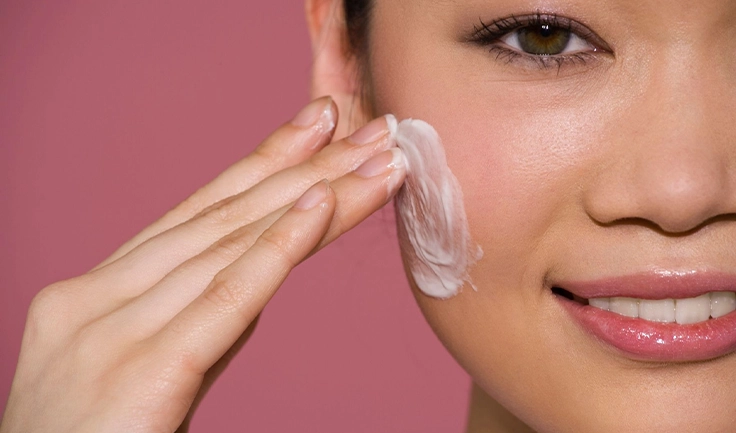Guide to Skin Whitening and Lightening Treatment
Skin lightening treatments are becoming more common as a successful choice for
people looking to minimize hyperpigmentation, improve skin tone, and attain a more radiant complexion.
There are multiple procedures for lightening the skin, including laser operations and chemical treatments.
This blog will provide an in depth guide to the many types of skin lightening procedures, preparation
suggestions, and important aftercare for achieving the best possible results for skin lightening treatment.
Laser Skin Whitening Treatment
Laser skin whitening is a highly effective method that uses focused laser beams to target melanin,
the pigment responsible for skin tone. This method is particularly useful for treating hyperpigmentation, age spots,
and melasma. During the treatment, laser light breaks down melanin pigments in the skin, which are either naturally
absorbed by the body or flake off, leading to a lighter, more even skin tone.
Advantages of Laser Skin Whitening Treatment
- Targeted treatment of dark spots without affecting surrounding areas
- Stimulates collagen production, improving skin texture and firmness.
- Minimal downtime, allowing individuals to return to daily activities quickly.
There are three main types of chemical peels for Skin Peeling Treatment
Platelets in PRP contain proteins for tissue healing and regeneration in inactive hair follicles.
- Superficial Peels : Mild, with minimal downtime, ideal for light pigmentation.
- Medium Peels : Penetrate deeper and are suitable for moderate pigmentation.
- Deep Peels : Offer the most dramatic results but require significant recovery time.
Microdermabrasion For Skin Polishing and Brightening
Microdermabrasion is a non-invasive exfoliating treatment that gently removes the outer layer of skin,
promoting the growth of new skin cells. It’s effective for treating mild hyperpigmentation, dark spots,
and sun damage.
- Minimal downtime and discomfort.
- Suitable for all skin types
- Immediate improvement in skin texture and tone.
Topical Skin Lightening Creams for Hyperpigmentation
Topical treatments such as hydroquinone, retinoids, and kojic acid are commonly used to treat pigmentation issues.
These creams work by inhibiting melanin production, gradually lightening the skin over time. While they may
not provide results as quickly as laser treatments, they can be effective for mild pigmentation when used consistently.
Cryotherapy to Remove Dark Spots, Moles, Skin Tags
Cryotherapy involves the application of extremely cold temperatures to target and destroy pigmented
skin cells. It is commonly used to treat age spots and freckles. The treated areas will naturally
exfoliate and shed over time, revealing lighter skin beneath.
How to Prepare for Skin Lightening Treatments
Preparation is key to make sure the success of any skin lightening
treatment. Before undergoing any procedure, patients should follow these important
steps to protect their skin and achieve optimal results:
Avoid Sun Exposure
Avoid sun exposure before treatment, using a broad-spectrum sunscreen with at least SPF 30 to reduce sunburn risk and complications during skin-lightening treatments.
Stop Using Harsh Skincare Products
Avoid using retinoids, glycolic acid, or exfoliant products one week before treatment to reduce skin sensitivity and increase the risk of adverse reactions.
Stay Hydrated
Maintaining skin hydration and using moisturizer is essential for recovery, as it helps maintain elasticity and prevents the need for further treatment.
Disclose Medications and Medical History
Inform your dermatologist of any medications, particularly those causing photosensitivity or affecting skin healing, before treatment to prevent complications.
Aftercare for Laser Skin Whitening
For individuals undergoing laser skin whitening, specific aftercare instructions must be followed to ensure lasting results:
Sunscreen Application
Apply sunscreen with SPF 30 or higher 20 minutes before outdoor activities, reapplying every two hours, to prevent melanin production and maintain lighter skin tone.
Avoid Scrubbing and Harsh Products
Avoid scrubbing treated areas or using bleaching creams during healing to prevent skin irritation. Instead, use non-irritating, non-clogging products.
Stay Consistent with Follow-Up Appointments
Laser skin whitening treatments require multiple sessions, so follow your dermatologist's schedule for the best results and maintenance sessions to maintain lighter skin tone.
Monitor Your Skin’s Progress
Regularly check your skin for irritation, discoloration, or unusual reactions, and if any adverse effects occur, consult a dermatologist immediately.
What to Expect After Skin Lightening Treatment
Post-treatment care is essential to protect the skin and maintain the results of your skin lightening procedure. Here’s what to expect and how to take care of your skin after treatment.
Redness and Swelling
It’s common to experience mild redness and swelling after a skin lightening treatment, particularly after laser procedures or chemical peels. These symptoms typically subside within a few hours to a few days. Applying a cold compress can help soothe the skin.
Avoid Sun Exposure
Post-treatment, your skin will be more sensitive to the sun. Avoid direct sun exposure for at least a week after treatment to prevent further pigmentation. Use a broad-spectrum sunscreen with SPF 30 or higher and wear protective clothing to shield your skin.
Moisturize Regularly
After the treatment, your skin may feel dry or tight. Applying a gentle moisturizer twice daily can help prevent dryness and support the healing process.
Avoid Excessive Heat
For at least 48 hours after treatment, avoid activities that could overheat your skin, such as using a sauna, hot tub, or engaging in strenuous exercise. Heat can exacerbate redness and irritation
Follow Your Skincare Routine
After the procedure, maintain a mild skincare routine. Stay clear of harsh chemicals and exfoliates because they might cause skin irritation. You can slowly start using your regular products until the skin has completely healed, which normally happens in 1-2 weeks.
Is Laser Skin Whitening Permanent?
Laser skin whitening offers long-lasting results, lasting 2-3 years or more, depending on skin type, pigmentation level, and post-treatment care. Factors like sun exposure and aging can affect longevity, so maintenance sessions are important for preserving lighter skin tone. With proper care and maintenance, individuals can enjoy a brighter, even skin tone for years to come.
Book your Consultation with the best Skin and Hair Clinic in Coimbatore
In conclusion, skin lightening treatments such as laser whitening, chemical peels, and microdermabrasion offer
effective solutions for individuals seeking a brighter and more even complexion. By choosing the right procedure based
on skin type by consulting with experts. For residents of Coimbatore,Keva Skin and Hair Clinic offer best treatments
under expert supervision, ensuring safety
and quality outcomes. With regular maintenance and proper skincare routines, the results can be maintained for years,
giving you radiant, glowing skin.

























